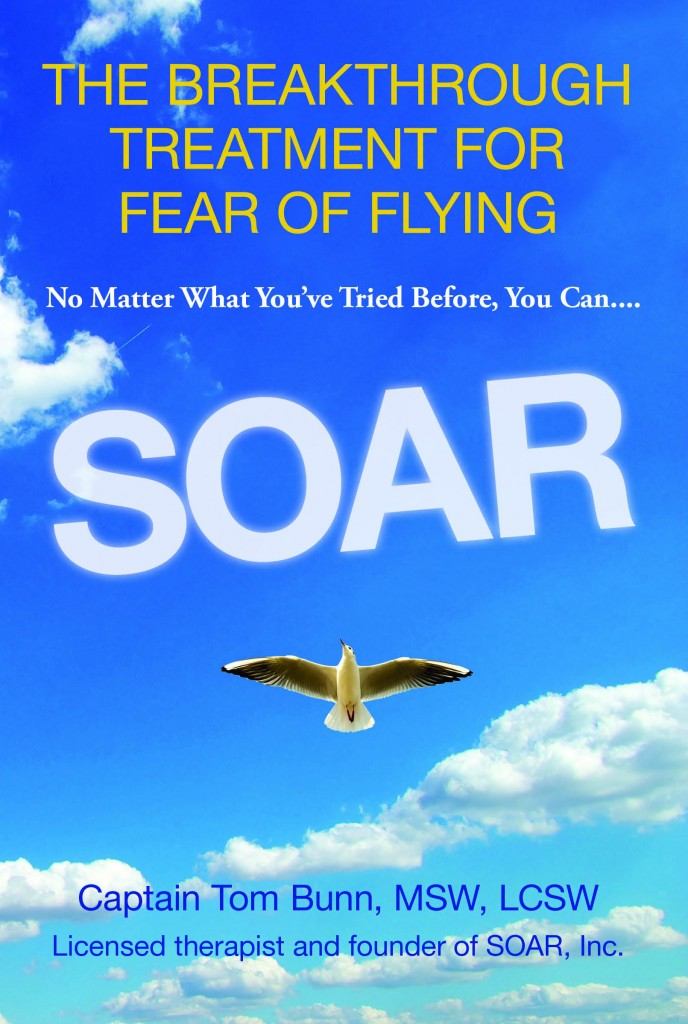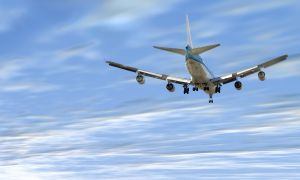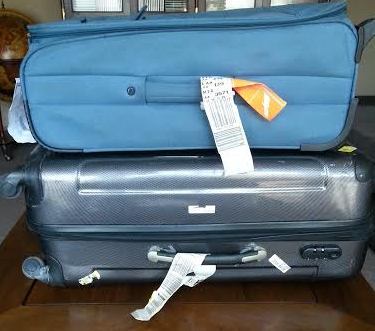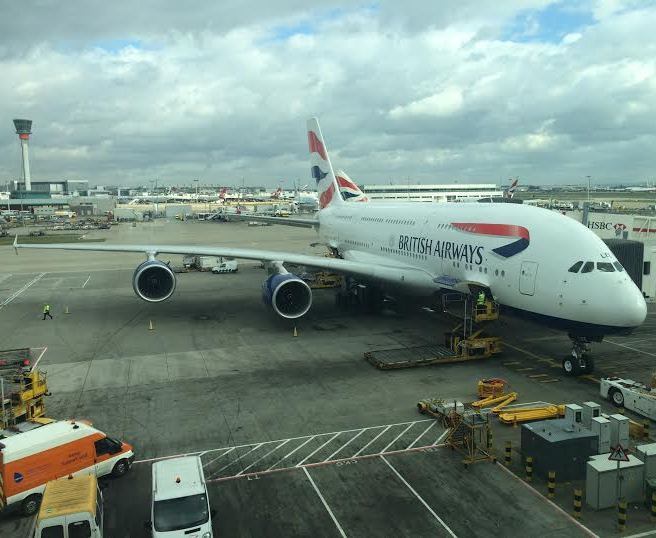 The average person faces at least some level of flying anxiety. In fact, by the age of 27, the majority of us will see our flying anxiety rise. The good news? There are a few simple fixes to do to get you to fly anxiety free. Ashleigh Whelan sat down with commercial plot and licensed therapist Captain Tom Bunn, who developed the SOAR program to help you overcome your fears. He’s already helped more than 10, 000 people fly comfortably, so chances are it will work for you.
The average person faces at least some level of flying anxiety. In fact, by the age of 27, the majority of us will see our flying anxiety rise. The good news? There are a few simple fixes to do to get you to fly anxiety free. Ashleigh Whelan sat down with commercial plot and licensed therapist Captain Tom Bunn, who developed the SOAR program to help you overcome your fears. He’s already helped more than 10, 000 people fly comfortably, so chances are it will work for you.
Do you jump at the slightest bump of turbulence? Do you clutch the armrest during take off and landing? Or are you even too afraid to go to the airport? Fear of flying comes in varying stages, but it is common for most travelers. Captain Tom Bunn has written a new book SOAR: The Breakthrough Treatment for Fear of Flying, which goes on sale next week. Here’s a sneak peek at the SOAR method and what you can right now to alleviate your fears.
Understand the Root of Your Fear
Fear of flying is similar to any other fear. What is the fear system? We have a thing in the brain that is kind of like the smoke alarm in your kitchen. It is called the amygdala. The amygdala memorizes your daily routine. And as long as you are doing that routine, it doesn’t react. It’s like, oh been there done that, big deal. But if anything happens, or if you imagine anything that is different, BOOM you get a shot of stress hormone.
Once you release stress hormones, there are only two ways to stop it consciously. One is to know you are absolutely safe. The other is to be able to control the situation, or get out. This does not happen on a plane, so there is no way to stop the stress hormones once they get going. That is why we have to go to the unconscious system to keep the stress hormone from being released.
Captain Tom discovered that the key to relieving flight anxiety is to prevent the amygdala from producing stress hormones by associating fear triggers with positive images or moments that produce the “love hormone” oxytocin.
For example, recall a moment with a person where you could sense that the person was really tuned into you, or even empathic with you. When someone is that tuned into you, you can see it in their eyes. You can imagine that person’s face next to an image of the airplane door closing, or the seat belt sign going off, and that would work. The other way is to think of a moment, like nursing a child, or the moments after making love when you are gazing into your lover’s eyes. Likewise, when you gaze into your dog’s eyes, and see that complete devotion, your brain will produce oxytocin. We ask clients to imagine an image that is positive and link it to all of the triggers that are causing anxiety.
Yep, that’s right folks, when you are about to freak out on the plane, you can think about your lover to stop that panic attack! Or your dog, whichever one works best for you.
Knowledge is Power
Controlling the mind’s ability to produce oxytocin is only one part of Captain Tom’s approach. He also emphasizes that the more you know of what to expect, the easier it will be to stay calm. In Soar, he explains at length the process and safety measures for every flight.
The reason we have the airplane information is that you need to know that flying is really well thought out. For anything that can go wrong, there is a plan to deal with it. It helps to know that it is safe.
Captain Tom recommends downloading his SOAR app that allows users to measure the G-force of turbulence on a plane, in order to reassure themselves that it is within a safe range, and is nothing out of the ordinary.
“The most difficult part of the flight is turbulence, cause you are hitting one bump after another after another. And you can’t keep up with it cognitively, so we have to help the mind not to release stress hormones. If you are absolutely sure you are safe, you can eliminate stress hormones. You can use the app to measure the g-force and see that you are safe.”
 Captain Tom believes knowledge is reassuring. He has produced an in-depth video series on how a commercial airliner, from flight takeoff to landing. The video covers what can and can’t go wrong on a flight, in order to dispel what he refers to as “Hollywood Myths.” For example, many people believe that if an airplane’s engines quit, the plane will fall from the sky to a deafening crash. However, contrary to popular speculation, the engine does not keep the plane in the air. All the engine does is help propel the plane forward. Without the engine, the airplane operates as a glider and can go for many miles after the engine shuts down.
Captain Tom believes knowledge is reassuring. He has produced an in-depth video series on how a commercial airliner, from flight takeoff to landing. The video covers what can and can’t go wrong on a flight, in order to dispel what he refers to as “Hollywood Myths.” For example, many people believe that if an airplane’s engines quit, the plane will fall from the sky to a deafening crash. However, contrary to popular speculation, the engine does not keep the plane in the air. All the engine does is help propel the plane forward. Without the engine, the airplane operates as a glider and can go for many miles after the engine shuts down.
Understand that engine failure is not a concern, as all commercial airlines are equipped with not four engines. Basically, planes have at least two of everything needed: A primary and a backup. The real danger in the air is to lose control of your imagination and suffer from the unrealistic threats your brain conjures up as truths. The most important factor in getting rid of the fear of flying is learning how to control the imagination.












